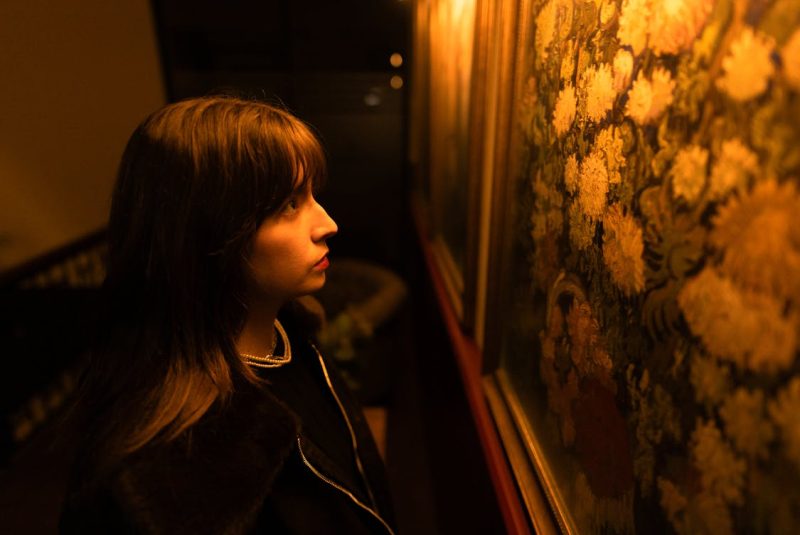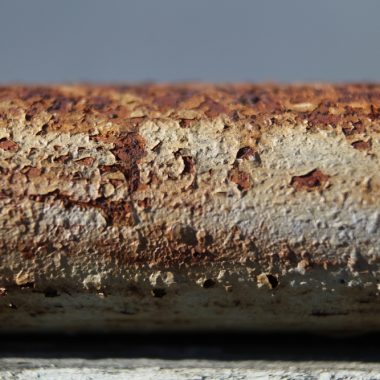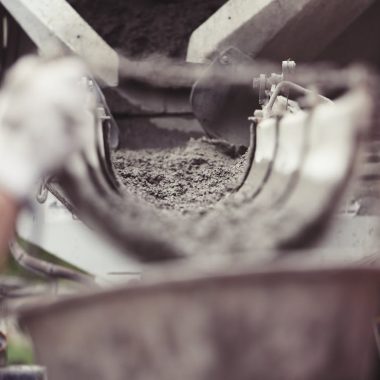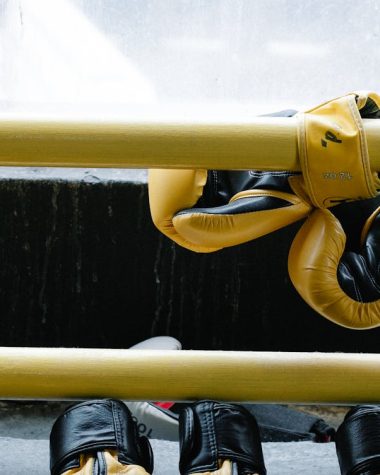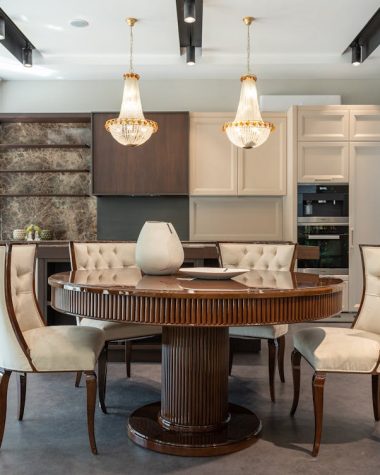Art has a unique place in society, often seen as a reflection of culture, emotion, and individual expression.
Yet, the financial landscape surrounding art can be baffling, with prices that seem to skyrocket without clear justification.
This article aims to explore the factors contributing to the inflated prices of art and how they intertwine with broader economic, social, and psychological themes.
Rarity and Exclusivity
One of the most significant factors driving up art prices is rarity. In the world of art, a limited supply heightens demand.
When a piece is one of a kind, it creates a sense of urgency among collectors. The notion that something is scarce inherently increases its value.
Think about the excitement around an artist’s limited edition prints versus their more abundant works; scarcity creates allure.
Exclusivity not only fuels desire but also links status to ownership. Collectors often see art as a symbol of wealth and prestige.
Owning a piece from a renowned artist can be a badge of honor, making it far more than just a decorative item.
This intertwining of social status and art ownership creates a dynamic where prices can inflate dramatically.
Market Speculation and Investment
The art market has increasingly become an investment arena, with speculators treating artworks as financial assets.
Just like stocks or real estate, the value of art can fluctuate based on market trends.
Investors have learned that certain pieces can appreciate significantly over time, leading to a speculative bubble.
This speculative behavior can create a disconnect between an artwork’s intrinsic value and its market price.
The influx of wealthy investors into the art scene has exacerbated this issue.
When individuals with substantial financial resources enter the market, they often drive up prices simply by competing for the same pieces.
This competition can lead to auctions where artworks sell for far more than anyone anticipated, reinforcing the cycle of inflation.
The Influence of Galleries and Auction Houses
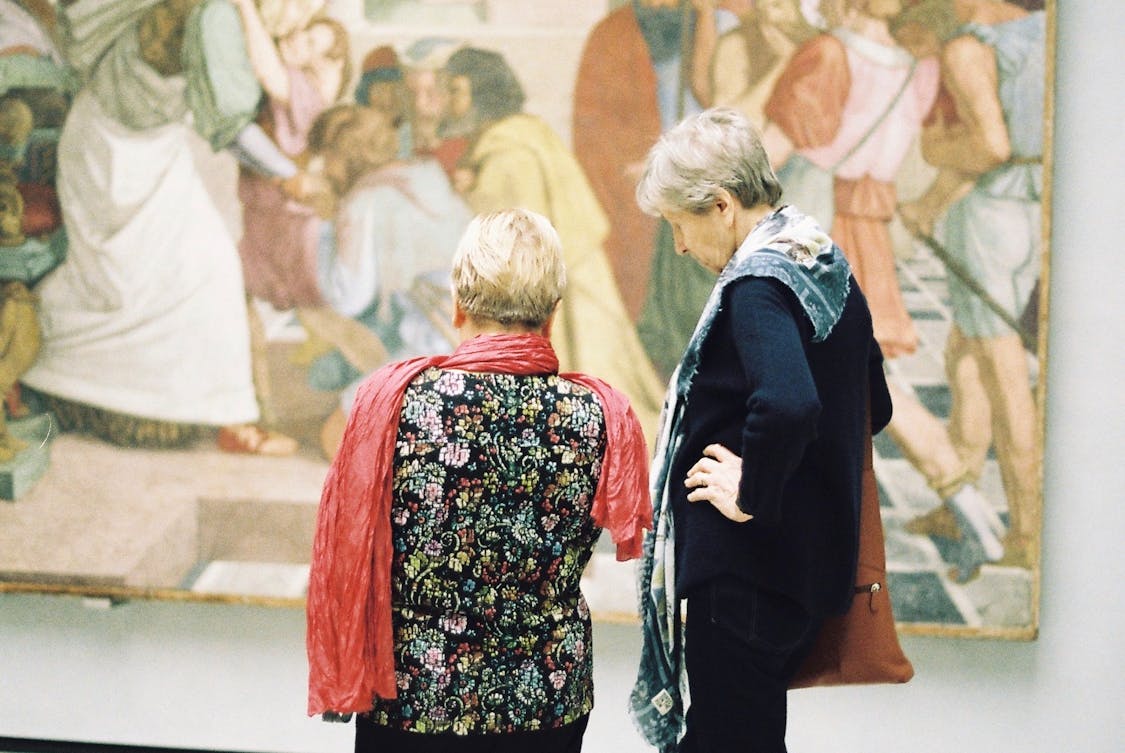
Galleries and auction houses play a crucial role in shaping the art market. These institutions have the power to create narratives around artists and their work.
By carefully curating exhibitions and marketing strategies, they can elevate an artist’s profile and, consequently, the value of their works.
Auction houses have turned art sales into high-profile events, complete with media coverage and bidding wars.
When a piece sells for an astounding price, it generates buzz and can set new benchmarks for future sales.
This feedback loop can inflate prices dramatically, as the perception of value shifts in the eyes of collectors and investors.
Celebrity and Cultural Cachet
The impact of celebrity on art prices cannot be overlooked. When a famous individual endorses or purchases a piece, it can catapult its value overnight.
Celebrities bring attention, authenticity, and desirability to artworks, transforming them into cultural phenomena.
The frenzy surrounding a piece once owned by a pop icon or a tech mogul can lead to astronomical price tags.
Moreover, the cultural cachet associated with certain artists can also drive up prices. Artists who are considered “cool” or avant-garde tend to attract higher bids.
This cultural valuation often takes precedence over an artist’s technical skill or historical significance, further complicating the pricing landscape.
Psychological Factors at Play
Psychology plays a significant role in art consumption and pricing.
Behavioral economics suggests that people often make decisions based on emotions rather than rational calculations.
The thrill of bidding at an auction, the fear of missing out, and the joy of ownership can prompt buyers to spend more than they initially intended.
Buyers may also fall victim to the “winner’s curse,” where they overpay for an artwork in competitive situations.
Once the dust settles, the inflated price may not correlate to the piece’s actual worth. These psychological dynamics contribute to an environment where art prices can swing wildly.
The Historical Context
Art prices have not always been this inflated. Historical trends reveal that different eras have influenced value perceptions.
The post-war boom, for instance, saw a surge in art investment as people sought to fill their homes with culture.
Over time, the financialization of art has grown, leading to contemporary pricing strategies that prioritize speculation over appreciation.
Different artistic movements have also shaped the value of art over time.
For example, the rise of Abstract Expressionism in the mid-20th century saw works by artists like Jackson Pollock and Mark Rothko fetch staggering sums.
This historical context helps to understand how certain periods of art can experience price inflation based on cultural significance and market demand.
The Role of Art Fairs and Exhibitions
Art fairs have become a staple in the art world, offering a platform for galleries and artists to showcase their work.
These events draw collectors, critics, and art enthusiasts alike, creating a bustling marketplace.
The competitive atmosphere can lead to inflated prices, especially when multiple buyers are vying for the same piece.
Exhibitions that garner significant media attention can also influence pricing.
When an artist’s work is featured prominently, it can spark a surge in interest that pushes prices higher.
The interplay of visibility and desirability at these events can create a perfect storm for price inflation.
Collectors and Their Motivations
The motivations of art collectors are as diverse as the artworks themselves. Some may collect purely for aesthetic pleasure, while others see it as a strategic investment.
This spectrum of motivations leads to varying valuations of art and can contribute to inflated prices.
Collector behavior can create trends where certain styles or artists become “in vogue.” When a particular artist gains popularity, prices may skyrocket due to increased interest.
The social dynamics of collecting can lead to a herd mentality, where buyers flock to what is perceived as valuable, regardless of the artwork’s intrinsic qualities.
Art as a Status Symbol
Art has long been viewed as a status symbol, a way to showcase wealth and taste. The desire to be seen as a discerning collector can drive individuals to make purchases at inflated prices.
Owning high-value art can elevate a person’s social standing, making it more than just an investment—it’s a statement.
For example, Louis Wain’s most expensive painting, which sold for a record-breaking sum, is a prime example of how a piece’s association with status can significantly boost its price.
This status-driven aspect of art collecting can lead to irrational pricing behavior. Buyers may choose to pay a premium to align themselves with the elite, further escalating market prices.
The societal pressures that accompany ownership begin to fuel a cycle of inflation, as the prestige associated with art becomes as significant as its aesthetic value.
